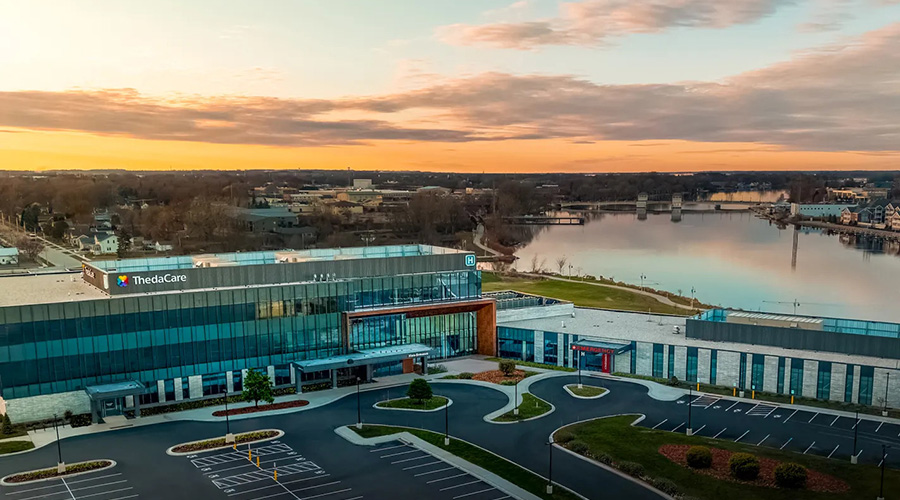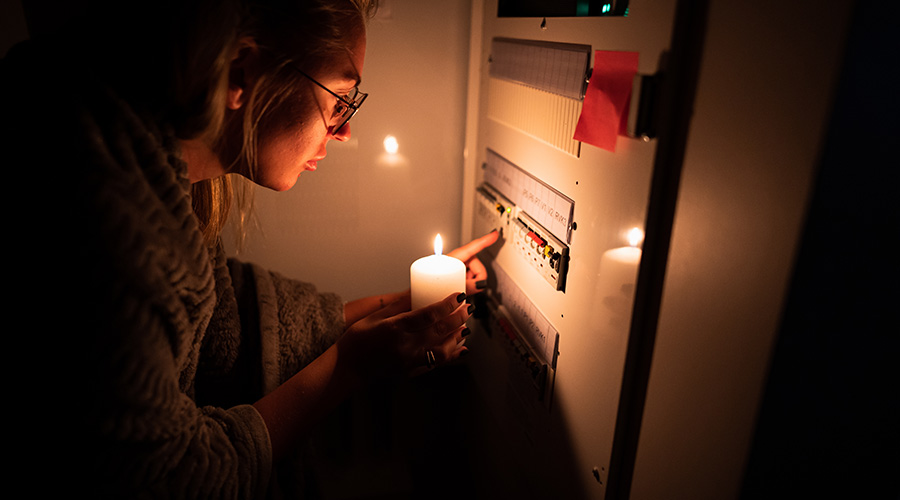We all love to discuss sustainable “hospitals of the future,” using renewable energy to produce even more than they consume. And these are vital conversations, according to a blog on the Medical Construction & Design magazine website. Healthcare facilities are tremendous energy consumers and generate about 8 percent of greenhouse gases worldwide.
"Talk is cheap, however, and we must balance eco-friendly dreams with our clients’ fiscal realities as they work to accommodate the Affordable Care Act, lower healthcare costs and remain financially solvent. Return on investment is crucial as clients decide between high-impact green design and more conventional methods. It is our responsibility to make this choice easier for clients and beneficial for the environment by thinking creatively to holistically improve ROI and promote long-term fiscal, social and environmental health," wrote Michael Compton, a designer in Gresham, Smith and Partners.
Many hospitals assume large-scale renewable energy sources are cost-prohibitive. However, multi-disciplinary partnerships can help make the technology more affordable, the blog said. Utility-solar partnerships are one example. A theoretical net-zero energy hospital designed for Kaiser Permanente produced 75 percent of its power with solar photovoltaic cells. To finance the technology, which initially showed a 15-year payback, designers proposed that local utility Pacific Gas and Electric Company partially own the cells and subsidize Kaiser’s costs. Kaiser has implemented similar partnerships on a smaller scale to subsidize renewable installations at other California hospitals, and has realized significant savings.
"Beyond the numbers, there is a social and moral duty to consider how decisions impact the overall health of the community and environment. That responsibility encompasses the pursuit of renewable energy sources to decrease CO2 emissions and attendant health complications. While working to lower CO2 emissions, however, there is a second responsibility — keeping costs down and making healthcare more affordable," Compton wrote.
Read the blog.

 Building Sustainable Healthcare for an Aging Population
Building Sustainable Healthcare for an Aging Population Froedtert ThedaCare Announces Opening of ThedaCare Medical Center-Oshkosh
Froedtert ThedaCare Announces Opening of ThedaCare Medical Center-Oshkosh Touchmark Acquires The Hacienda at Georgetown Senior Living Facility
Touchmark Acquires The Hacienda at Georgetown Senior Living Facility Contaminants Under Foot: A Closer Look at Patient Room Floors
Contaminants Under Foot: A Closer Look at Patient Room Floors Power Outages Largely Driven by Extreme Weather Events
Power Outages Largely Driven by Extreme Weather Events